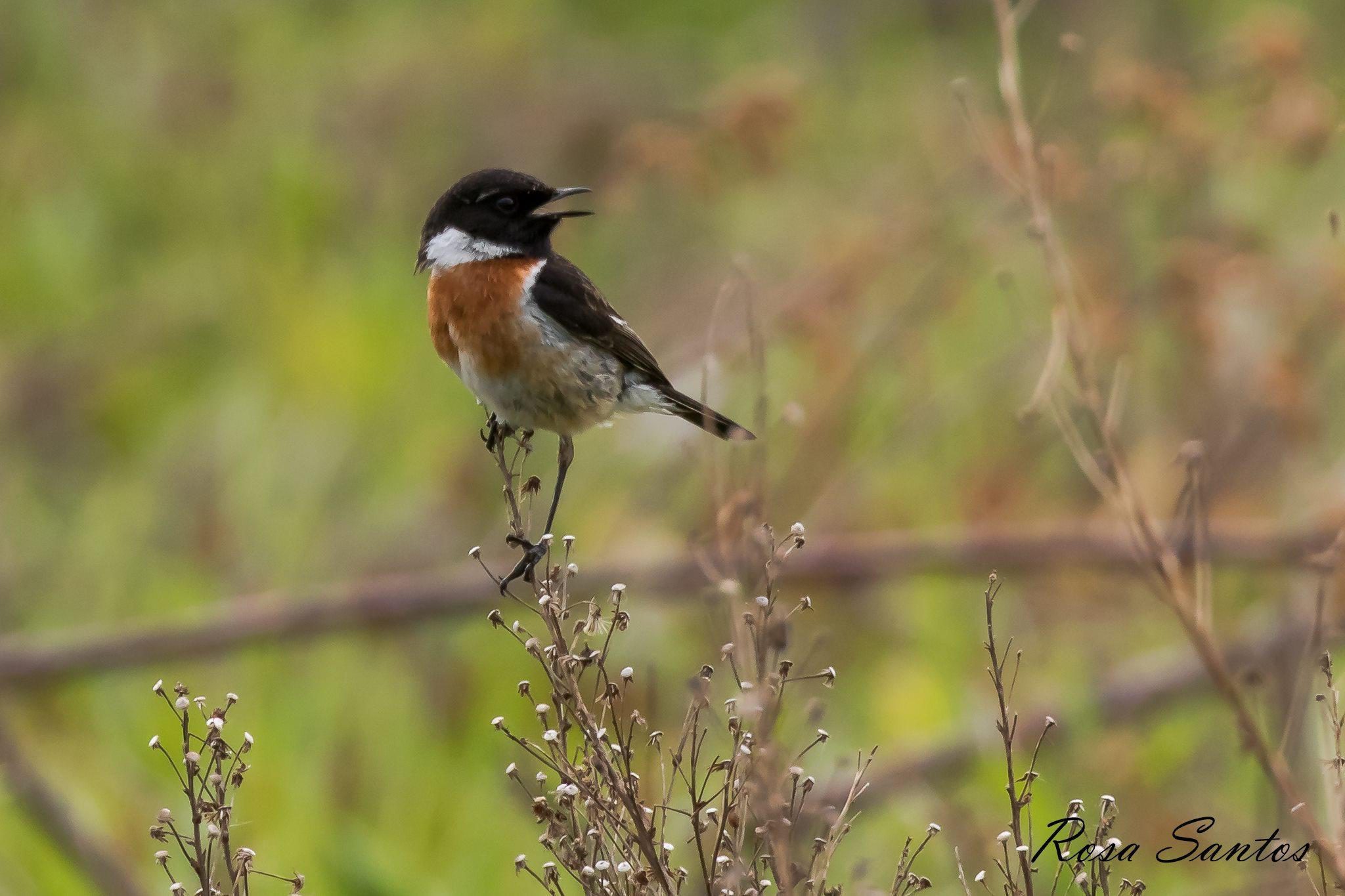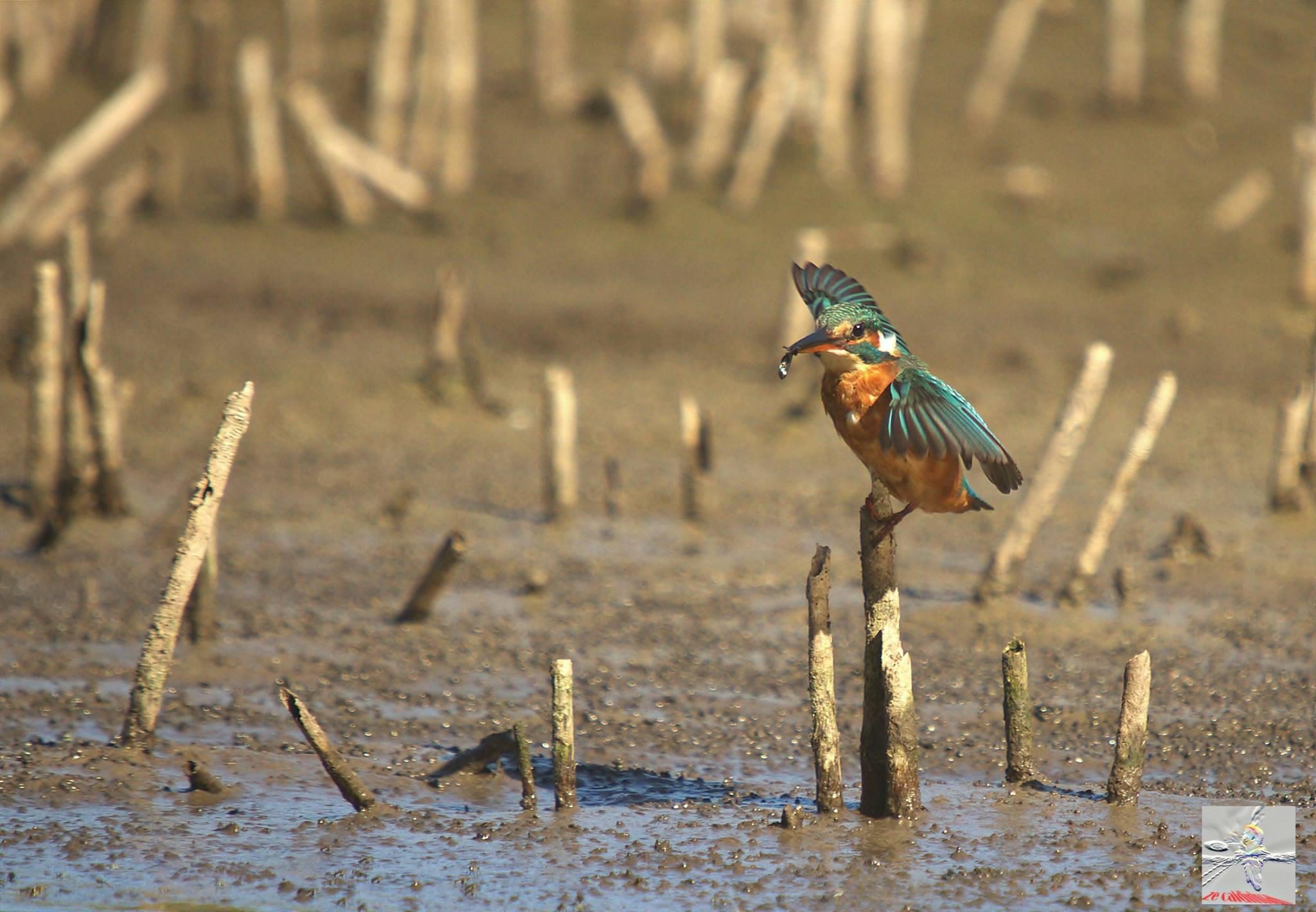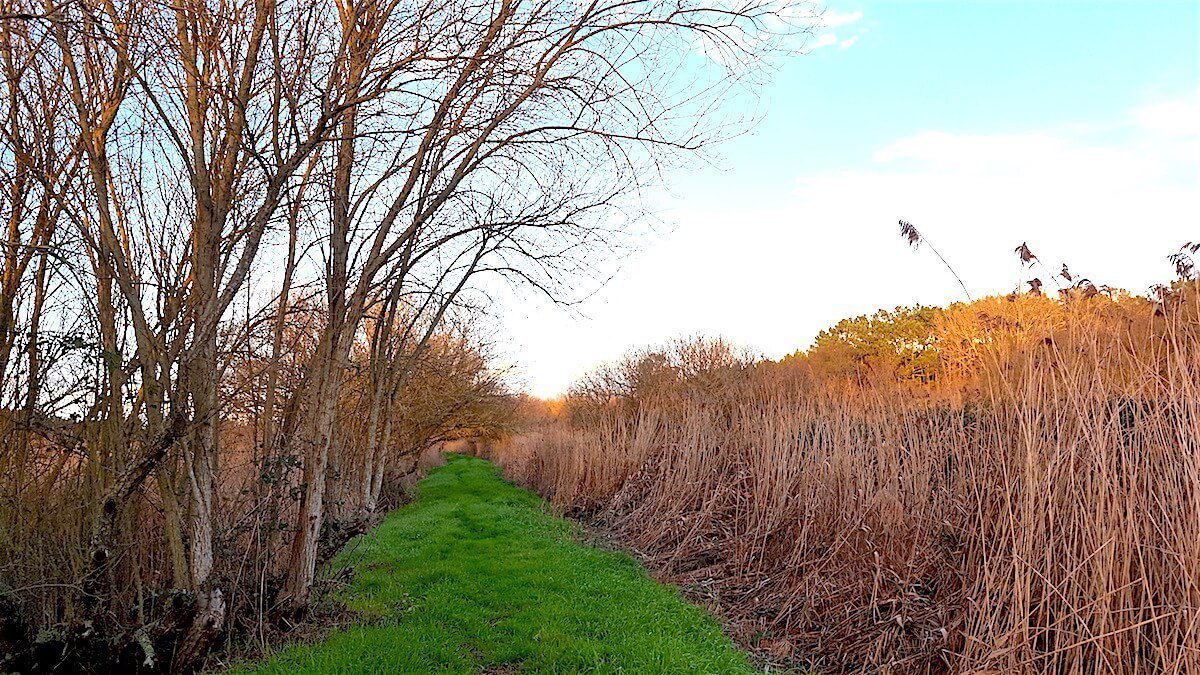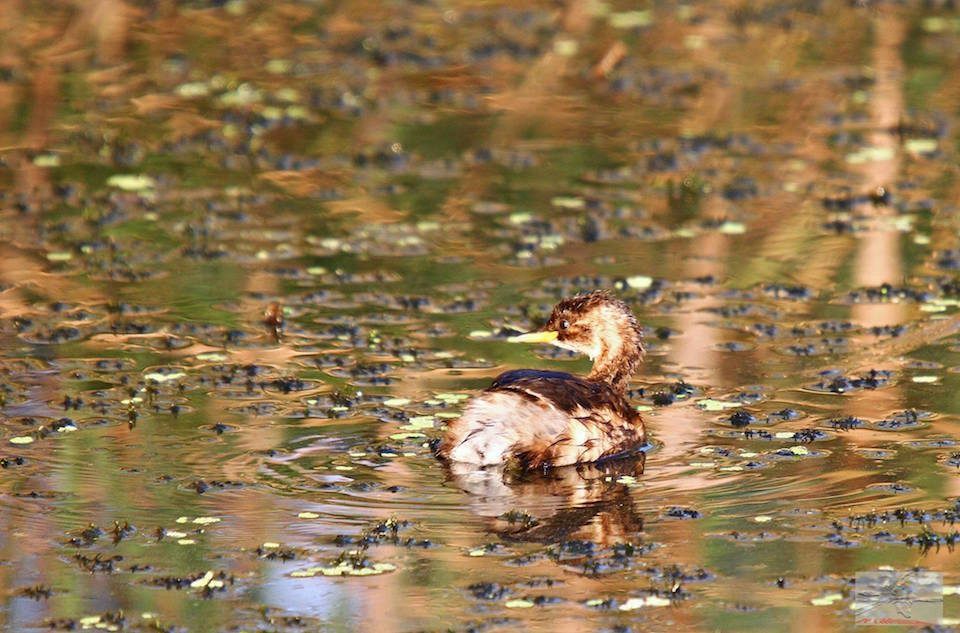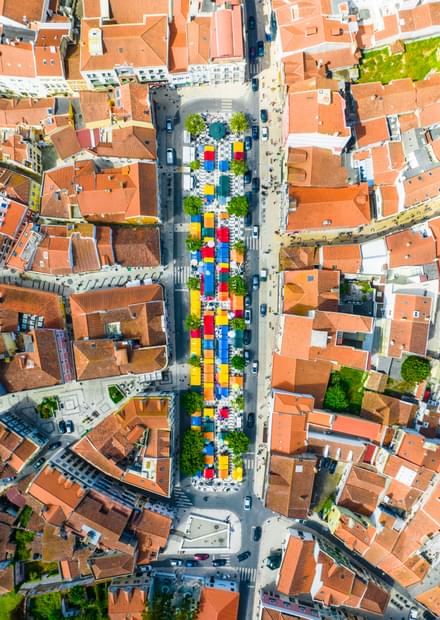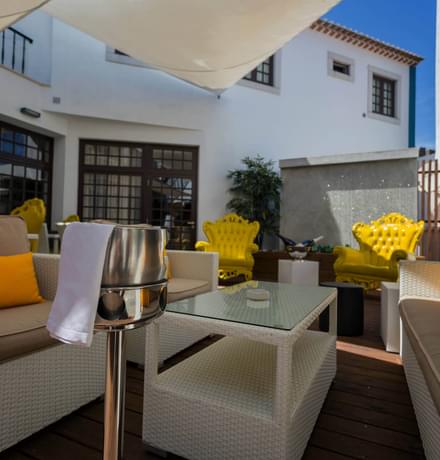The Natural Reserve of Paul da Tornada is a freshwater wetland, located 5 km away from Caldas da Rainha. It is classified as a Wetland of International Importance of Ramsar Convention since 2009 and it is the first local natural reserve to be managed by environmental non-governmental organisations.
This is a freshwater reservoir, which is essential for many living beings that depend on this wetland to survive. It is also very important for the irrigation of the nearby agricultural lands.
Occupying an area of 53,65 ha, the Natural Reserve of Paul da Tornada has a central area that is permanently flooded, forming small lagoons, surrounded by characteristic vegetation of this kind of ecosystem, such as lakeshore bulrush (Schoenoplectus lacustris) and mash herbs (Typhaceae).
The unique features of Paul de Tornada, as well as its variety of habitats, along with the biological communities it supports, make this wetland an ecosystem with high biodiversity. Along with Óbidos Lagoon and the fields of Quinta do Tavai, this wetland plays a major role in regulating temperature and air humidity in the region, reducing thermal oscillations and increasing air humidity during the hot Summer days.
This wetland presents a great diversity of birds. It is home to several bird species, providing them with shelter, food and nidification spots.
The Mallard (Anas platyrhynchus), the Coot (Fulica atra), the Grey Heron (Ardea cinerea) and the Kingfisher (Alcedo atthis) are some examples of resident species. The following birds spend winter time here: the little tern (Porzana porzana) winters and the little bittern (Ixobrychus minutus), the purple heron (Ardea purpurea), the purple swamp-hen (Porphyrio porphyrio) and the coot (Fulica atra) nest, the blue-footed booby (Luscinia svecica), the hoopoe (Acrocephalus schoenobaenus), the northern grey wagtail (Saxicola rubetra), the yellow wagtail (Motacilla flava) and the spotted crake (Porzana porzana).
Nesting birds include: the little egret (Ixobrychus minutus), purple heron (Ardea purpurea),the purple swamp-hen (Porphyrio porphyrio) and the coot (Fulica atra).
Among the insect-eating birds that spend Summer in this natural reserve, we highlight: the black swift (Apus apus), the Barn Swallow (Hirundo rustica), the House Martin (Delichon urbicum) the lesser reed warbler (Acrocephalus scirpaceus), the great reed warbler (Acrocephalus arundinaceus) and the red-tailed or unicoloured leafhopper (Locustella luscinioides).

